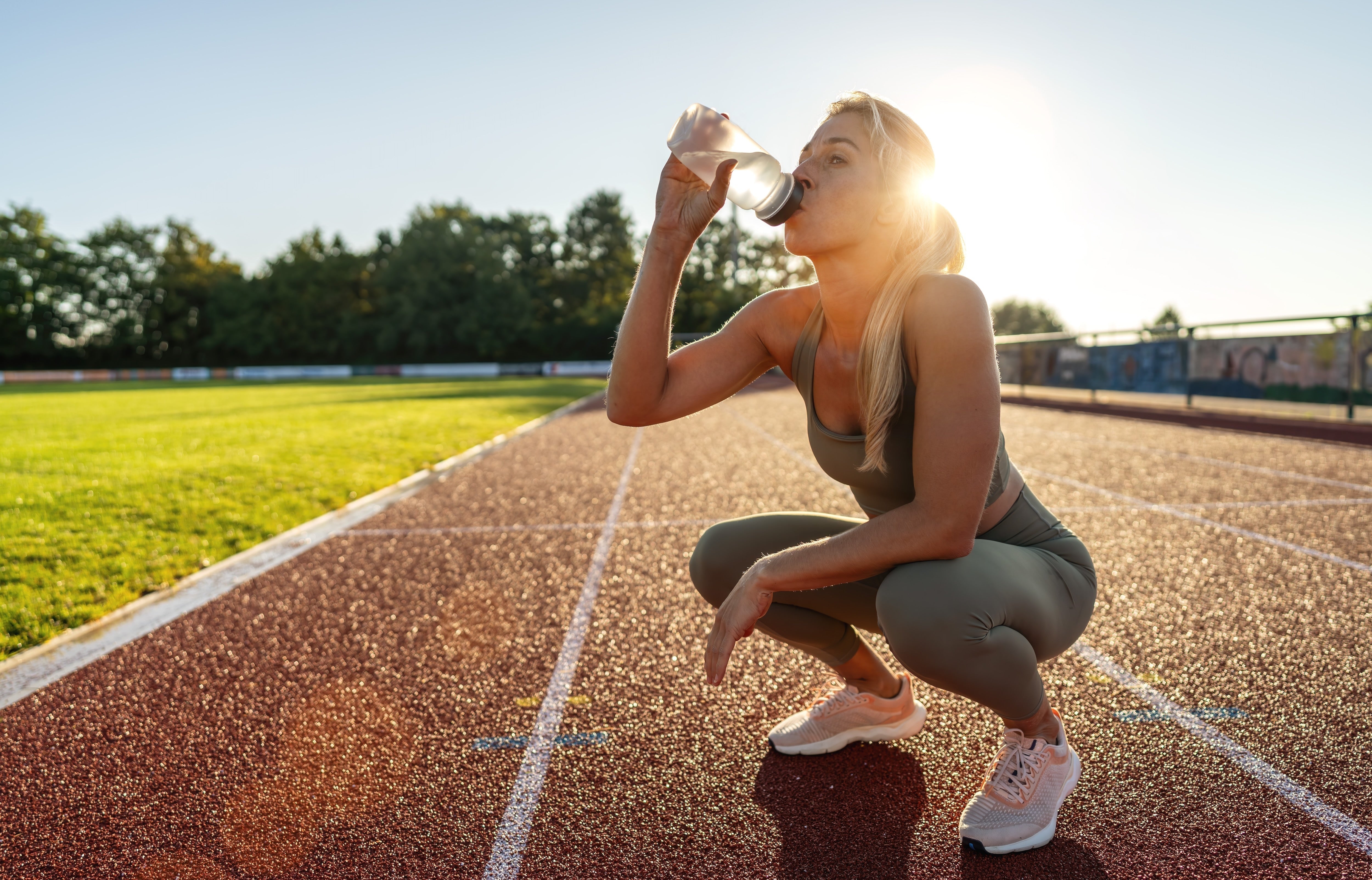Article: Heat Acclimation Timelines: Understanding Your Athlete’s Individual Adaptation Journey

Heat Acclimation Timelines: Understanding Your Athlete’s Individual Adaptation Journey
Heat acclimation is often described in broad timelines—“7–14 days,” “10 sessions,” or “two weeks of progressive exposure.” But when you’re responsible for a full team, planning practices, travel windows, and competitive demands, generalized timelines don’t capture the reality you see every day: each athlete adapts at a different rate. Their heat response changes across the season, rises with consistent exposure, and regresses after breaks.
This guide explains how acclimation actually works on an individual level, why athletes adapt at different speeds, and how objective, in-session data helps you understand your athlete’s unique journey. You’ll find clear, practical explanations—without medical claims—grounded in individualized heat response, performance readiness, and real training environments.
Why Heat Acclimation Matters for Athletic Readiness
Heat acclimation refers to the body’s physiological adjustments that occur when an athlete trains repeatedly in hot conditions. Performance science shows that these adjustments support better endurance, more efficient cooling, and higher repeatability during demanding workloads. But more importantly for coaches, acclimation builds heat readiness: an athlete’s ability to handle training load without excessive thermal strain.
A true acclimation timeline is not simply a number of days. It’s a pattern of adaptation—visible in how an athlete’s vitals respond across sessions. Some athletes show early improvement within the first week. Others need longer, and some fluctuate depending on hydration, sleep, workload, or environmental intensity.
The Science Behind Acclimation Timelines (Without Overgeneralizing)
While traditional guidelines outline common physiological adjustments—more efficient sweating, expanded plasma volume, improved cardiovascular distribution—these changes unfold differently for each athlete. The often-quoted “7–14 day acclimation window” is a population average, not a guarantee.
Why Athletes Adapt at Different Speeds
- Training age & conditioning: More conditioned athletes may adjust cardiovascular load faster.
- Position demands: Sprint-heavy roles or heavy equipment influence thermal load.
- Environmental variability: Real acclimation depends on heat exposure, not calendar days.
- Hydration and fueling patterns: Individual hydration status affects thermoregulation efficiency.
- Baseline heat response: Some athletes naturally experience faster core temperature rise.
The Typical Acclimation Curve—And Why “Typical” Rarely Applies
A commonly referenced acclimation curve shows early changes within the first 3–5 sessions, significant improvements by days 7–10, and consolidation after two weeks. But this is only a starting point. Real-world training rarely aligns perfectly with controlled laboratory guidelines.
Early Phase (Days 1–5): The Adjustment Window
- Higher core temperature rise early in sessions.
- Heart rate may climb quickly during repeated bursts.
- Cooling efficiency is inconsistent.
Middle Phase (Days 6–10): Visible Improvements
- More efficient sweating.
- More stable heart rate at similar workloads.
- Lower session-to-session variability.
Consolidation Phase (Days 10–14+): More Stable Patterns
- More gradual temperature rise during opening drills.
- Improved recovery between bouts.
- Lower heat strain for comparable workloads.
Why Individual Tracking Outperforms General Timelines
Heat acclimation is not a countdown—it’s a physiological progression. Understanding your athlete’s adaptation journey requires objective, in-session data that shows how their body responds across real workouts.
To understand how acclimation builds overall heat readiness, coaches often reference the Heat Acclimation Guide, which outlines the foundations of progressive exposure and individualized response.
What Coaches Can Actually Observe Through Vitals
- Temperature rise rate during the first 10–15 minutes.
- Heart rate response to repeated efforts.
- Recovery curve during breaks.
- Heat strain pattern across drills.
Sport and Position Influence Acclimation Timelines
Athletes do not experience heat uniformly—even within the same session.
Role-Based Variability
- Linemen and goalies may show slower cooling due to heavy gear or bursts of intensity.
- Wings, receivers, and midfielders accumulate more total movement load, shaping cardiovascular response.
Teams often incorporate a Pre-Season Heat Readiness Assessment to identify these differences early.
Maintaining Acclimation Through the Season
Heat acclimation isn't permanent—it requires reinforcement.
How Quickly Acclimation Can Regress
Breaks—travel, recovery days, or tournament pauses—can reduce acclimation within 3–7 days, depending on climate and rest patterns.
Tracking Regression and Rebuilding the Curve
Once acclimation dips, the rebuild often occurs faster than the initial timeline but varies individually. Objective data helps coaches see when athletes:
- Return to improved cooling efficiency
- Recover faster between intervals
- Show lower heat strain during similar drills
Understanding individualized monitoring becomes crucial here, as explored in Individual Heat Monitoring vs. Weather Guidelines.
Using Insights from Vitals to Visualize Adaptation
HeatSense provides in-session visibility into individual adaptation—tracking changes across sessions and showing who progresses quickly and who may need adjusted workloads. Coaches can see:
- Whether temperature rise becomes more gradual
- Whether cardiovascular load stabilizes
- Whether heat strain decreases across comparable drills
Hydration patterns often shift as athletes acclimate, which is covered in the Hydration Readiness Protocol.
Travel, Tournaments, and Climate Changes
Acclimation is climate-specific. An athlete acclimated to 95°F conditions may experience higher strain when traveling to a more humid environment, even at a lower temperature.
Teams planning travel often revisit individualized hydration strategies, which are detailed in Individualized Hydration.
Conclusion
Heat acclimation isn’t linear—and it’s never identical between athletes. What matters most is understanding your athlete’s individual adaptation journey, grounded in objective, in-session insights that show how their body responds across practices and environments. With individualized visibility, coaches can plan smarter progressions and maintain readiness through busy schedules and changing conditions.
Further Reading
- Casa, D. J., et al. (2015). National Athletic Trainers’ Association position statement: Exertional heat illnesses. Journal of Athletic Training.
- Sawka, M. N., & Wenger, C. B. (2011). Heat stress and hydration in athletics. Comprehensive Physiology.
- Périard, J. D., et al. (2021). Exercise heat acclimation: Physiological adjustments and performance benefits. Sports Medicine.
- Racinais, S., et al. (2015). Consensus recommendations on training and competing in the heat. British Journal of Sports Medicine.
